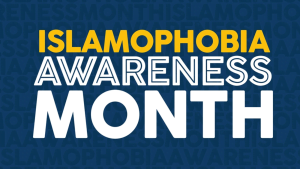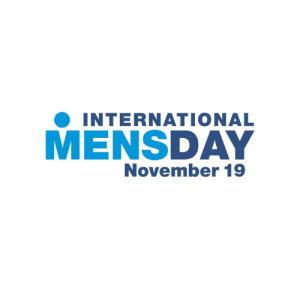
What is Islamophobia Awareness Month (IAM)?
Islamophobia Awareness Month (IAM) was co-founded by MEND (Muslim Engagement and Development) with other British organisations in 2012 to deconstruct and challenge the stereotypes about Islam and Muslims. The campaign, held every November, aims to work with Police and Crime Commissioners (PCC), local councils, journalists, local media outlets, councilors, local MPs, mosques, universities, schools, community organisations and others to raise awareness of the threat of Islamophobia and encourage better reporting of incidents to the police.
Why is IAM important?
IAM raises awareness within society of how Muslims are discriminated against in various spheres, along with providing information on the positive contributions of British Muslims to the UK. It helps break down barriers and challenge incorrect stereotypes people may hold about Muslims, as well as providing an avenue for people of other backgrounds to engage with Muslims. IAM also highlights why it is crucial for Muslims to report Islamophobic hate crimes to authorities, for accurate data to be collected and for policy changes to be enacted accordingly.
Key figures:
-
Between March 2016-March 2017, 143,920 Tweets were sent from the UK that are considered to be derogatory and anti-Islamic – this amounts to 393 a day.
- NSPCC has reported an increase in helpline calls relating to racial and religious bullying or hate crimes in Manchester and London. In the two weeks following the Manchester Arena attack in May, Childline held nearly 300 counselling sessions across the UK, whilst the number of calls after the Westminster attack in March almost doubled to 128.
- The Metropolitan Police Service recorded 1,665 Islamophobic offences in 2017/18.
- Studies have demonstrated that there are 21 negative references to Muslims within British media output for every single neutral or positive reference.
- 50% of women wearing the hijab feel that they have missed out on progression opportunities because of religious discrimination and that the wearing of the hijab had been a factor.
For more information and resources, please click here.


